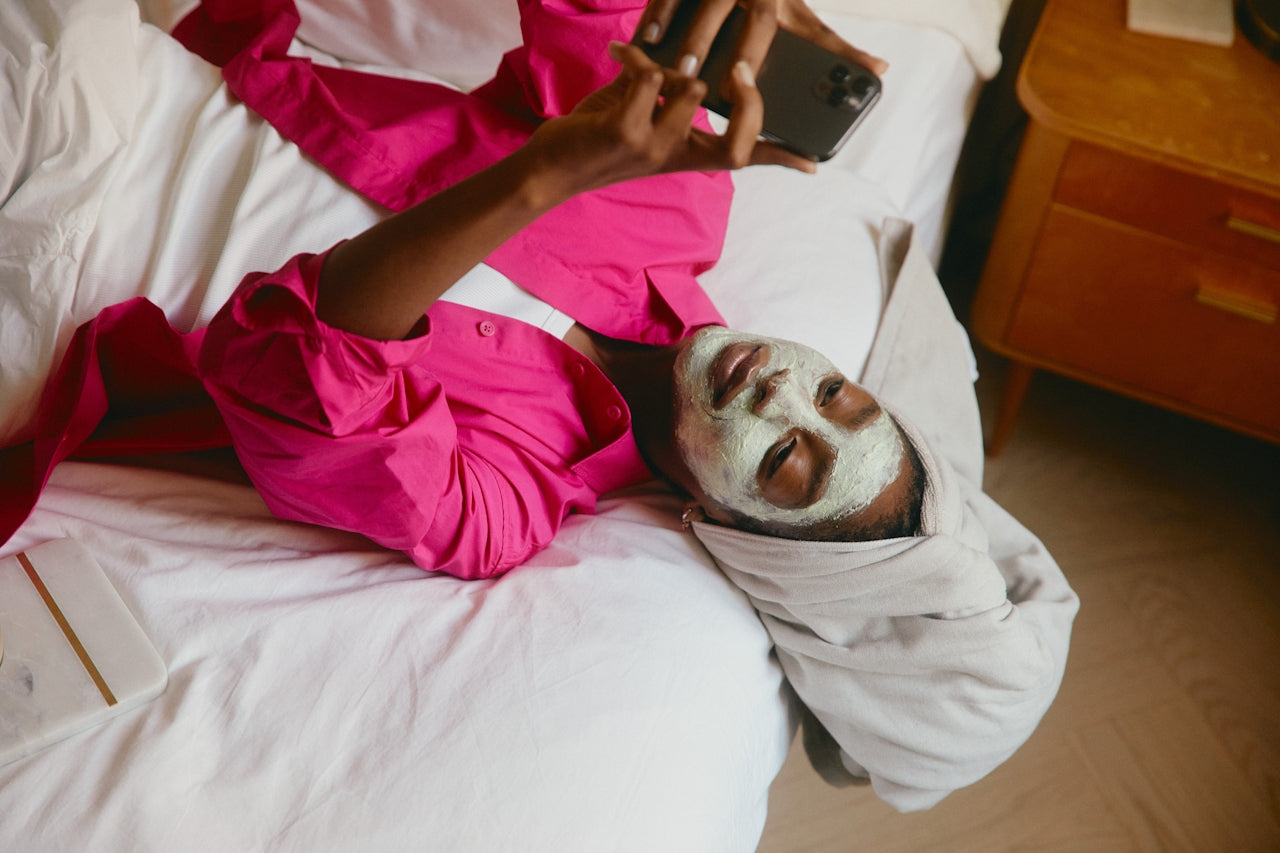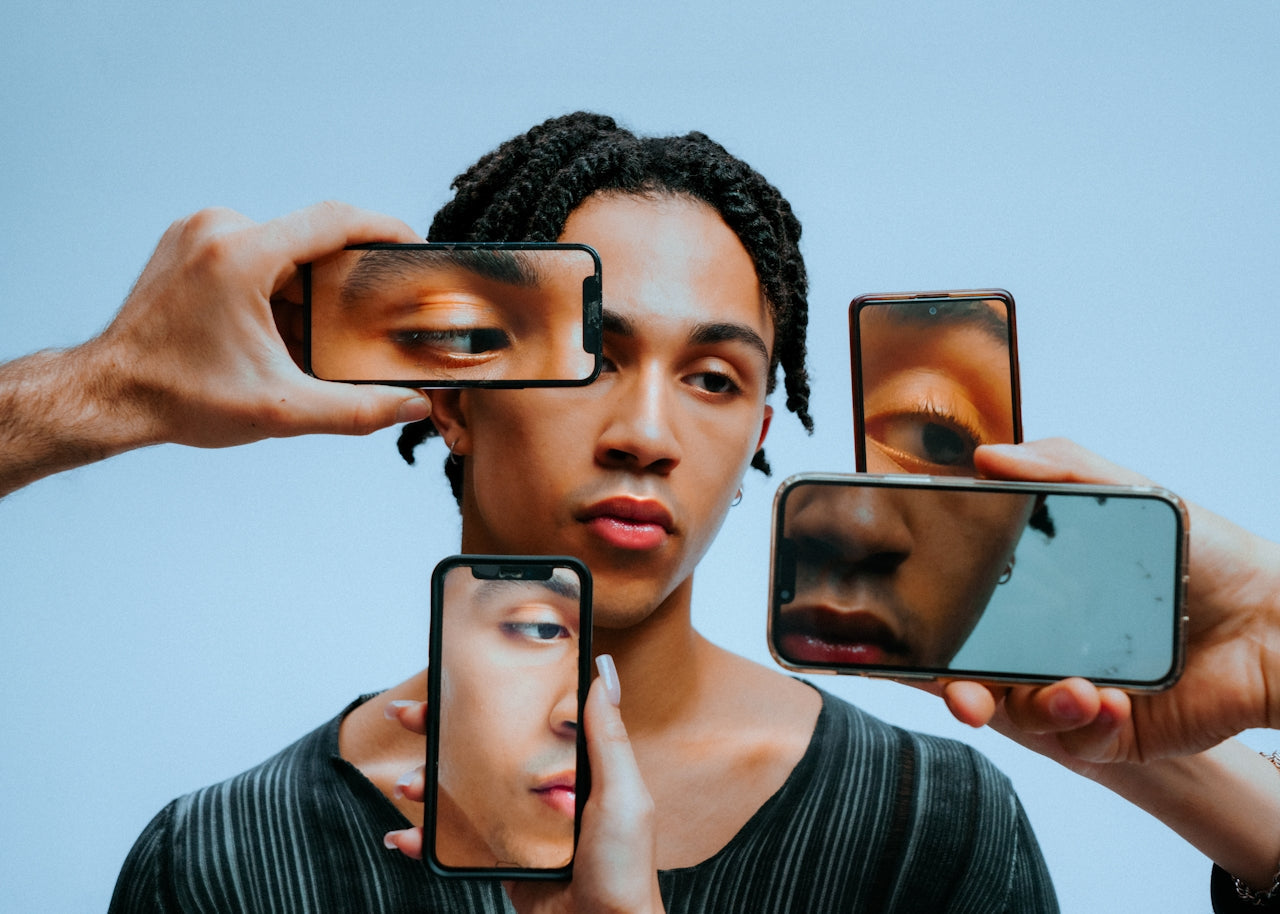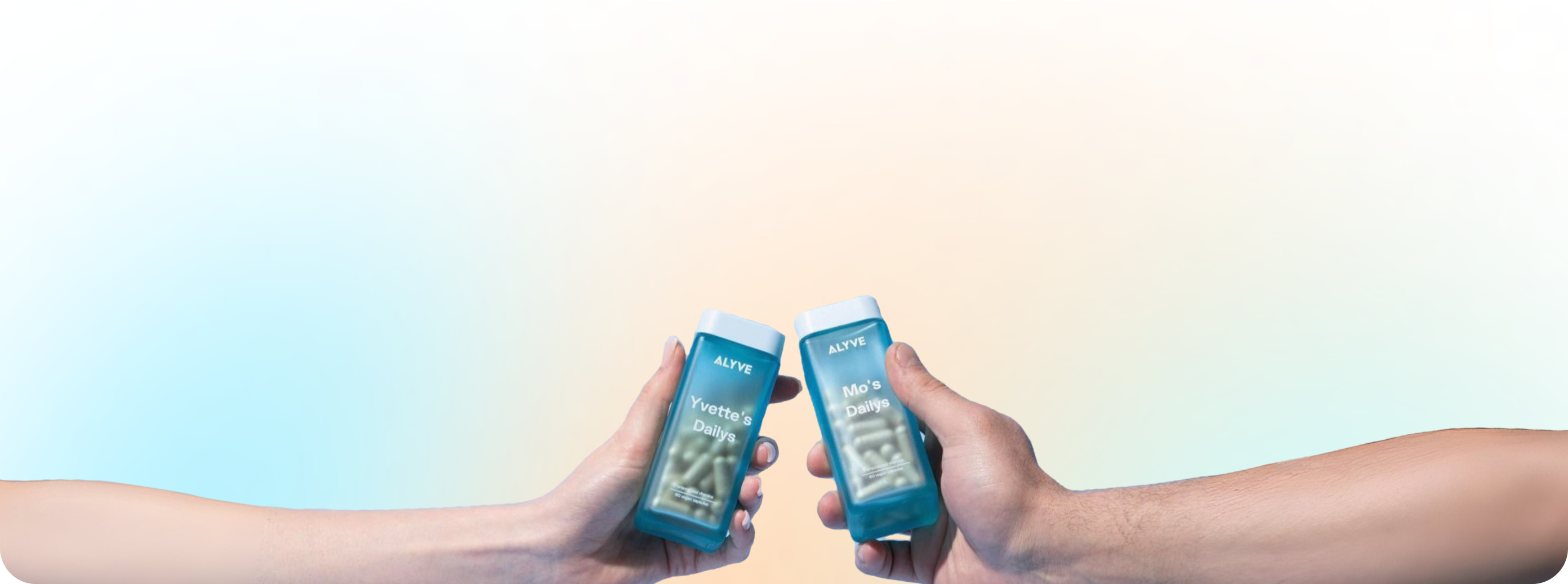In today’s digital age, screens are everywhere—from smartphones and tablets to laptops and TVs. With the rise of e-readers like Kindle and Nook, many book lovers have traded in their paperbacks for the convenience of digital reading. But with all the concerns about screen time and eye health, a common question arises: Are e-readers just as dangerous for your eyes as other screens?
Let’s dive into the facts and find out whether your beloved e-reader is harming your vision.
Understanding Screen-Related Eye Strain
Before we get into e-readers, it’s important to understand the issue of eye strain that’s commonly associated with screen use. Known as Computer Vision Syndrome (CVS) or digital eye strain, this condition results from prolonged screen time and can lead to symptoms such as:
- Dry eyes 🥵
- Headaches 🤕
- Blurred vision 👓
- Eye fatigue 😴
- Neck and shoulder pain 💢
These symptoms are typically caused by a combination of factors, including screen glare, poor lighting, improper viewing distances, and the tendency to blink less while staring at screens. Now, the big question is: Do e-readers contribute to these problems in the same way that computers, tablets, and smartphones do?
E-Readers vs. Traditional Screens: What’s the Difference?
E-readers are designed specifically for reading, and they differ from traditional screens in a few key ways:
1. E-Ink Technology
The most significant difference between e-readers and other screens is the technology they use. E-readers like the Kindle typically use E-Ink displays, which mimic the appearance of ink on paper. Unlike the LCD or OLED screens found on phones, tablets, and computers, E-Ink screens don’t emit light directly. Instead, they reflect ambient light, much like a printed book does.
2. No Blue Light Emission
One of the main concerns with screens is their emission of blue light, which has been linked to eye strain and can interfere with your sleep by disrupting your circadian rhythm. E-readers with E-Ink displays emit little to no blue light, especially when the backlight is turned off or set to a low level. This makes them much easier on the eyes compared to other digital devices.
3. Reduced Glare
E-Ink screens are designed to be glare-free, which is a big plus for reading in various lighting conditions. This reduces the need for your eyes to constantly adjust, helping to prevent eye strain.
Are E-Readers Safer for Your Eyes?
Given these differences, e-readers are generally considered much safer for your eyes than traditional screens. Here’s why:
Less Strain: Because E-Ink screens don’t emit light and are glare-free, they are far less likely to cause eye strain compared to LCD and OLED screens.
Better for Night Reading: With minimal blue light emission, e-readers are a better choice for bedtime reading, as they’re less likely to interfere with your sleep patterns.
More Natural Reading Experience: E-readers offer a reading experience closer to that of a physical book, reducing the risks associated with prolonged screen time.
Tips for Protecting Your Eyes While Using an E-Reader
While e-readers are generally easier on the eyes, it’s still important to use them wisely to avoid discomfort. Here are some tips to keep your eyes healthy:
Adjust the Brightness: Use the lowest brightness setting that’s comfortable, especially when reading in low light. If your e-reader has a warm light setting, use it to further reduce blue light exposure.
Take Breaks: Follow the 20-20-20 rule—every 20 minutes, look at something 20 feet away for at least 20 seconds. This gives your eyes a chance to rest.
Blink Frequently: It’s easy to forget to blink when you’re engrossed in a book. Make a conscious effort to blink more often to keep your eyes moist and prevent dryness.
Hold Your E-Reader at the Right Distance: Keep your e-reader about 16-18 inches from your eyes, similar to how you would hold a physical book. Avoid reading for long periods without taking breaks.
Final Thoughts
In a world where screens are a constant part of our lives, it’s reassuring to know that e-readers, with their E-Ink technology, are a much gentler option for our eyes. While they’re not completely risk-free, the impact on your vision is significantly less than that of traditional screens. By using your e-reader mindfully and following simple eye care tips, you can enjoy your digital reading without worrying too much about harming your eyes.
So go ahead, dive into that next great novel on your e-reader—you can feel good knowing your eyes are in safe hands. 📚✨




